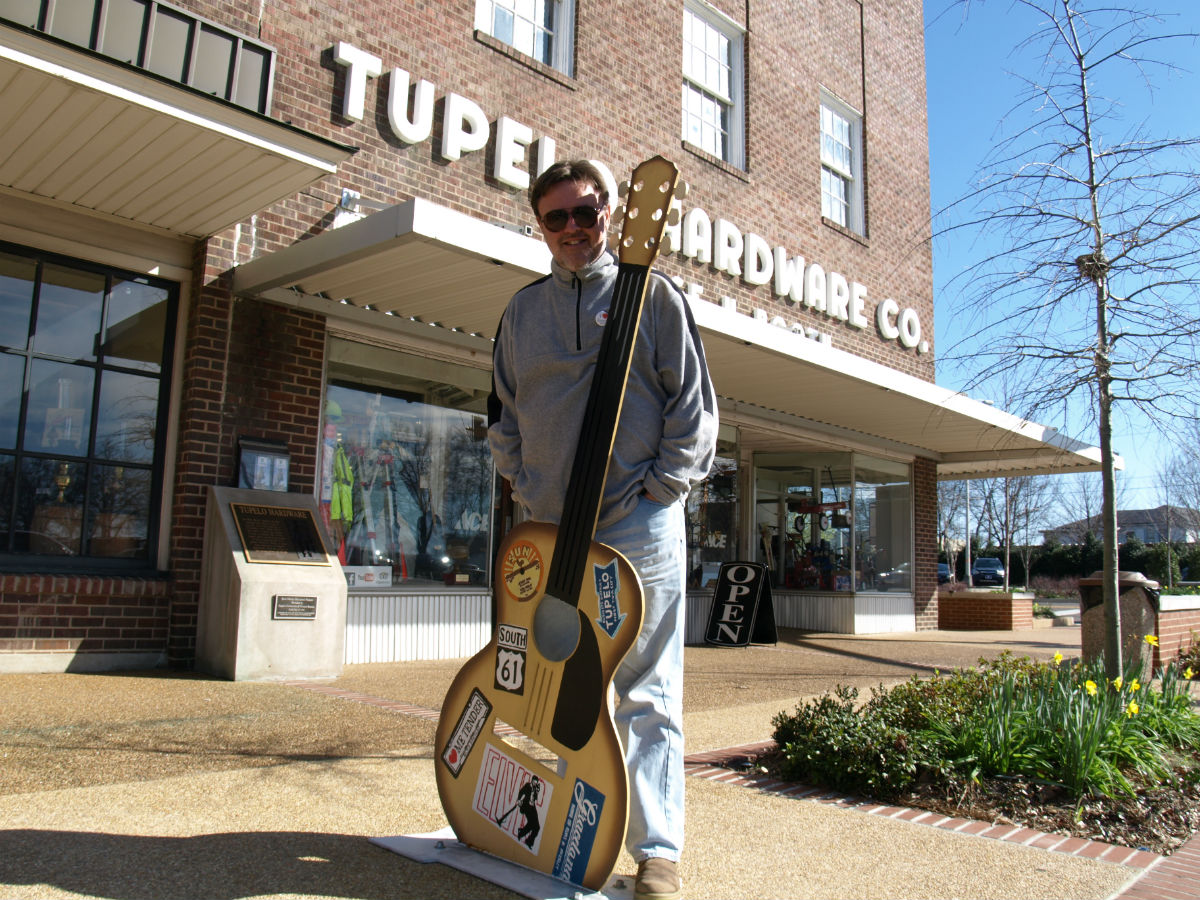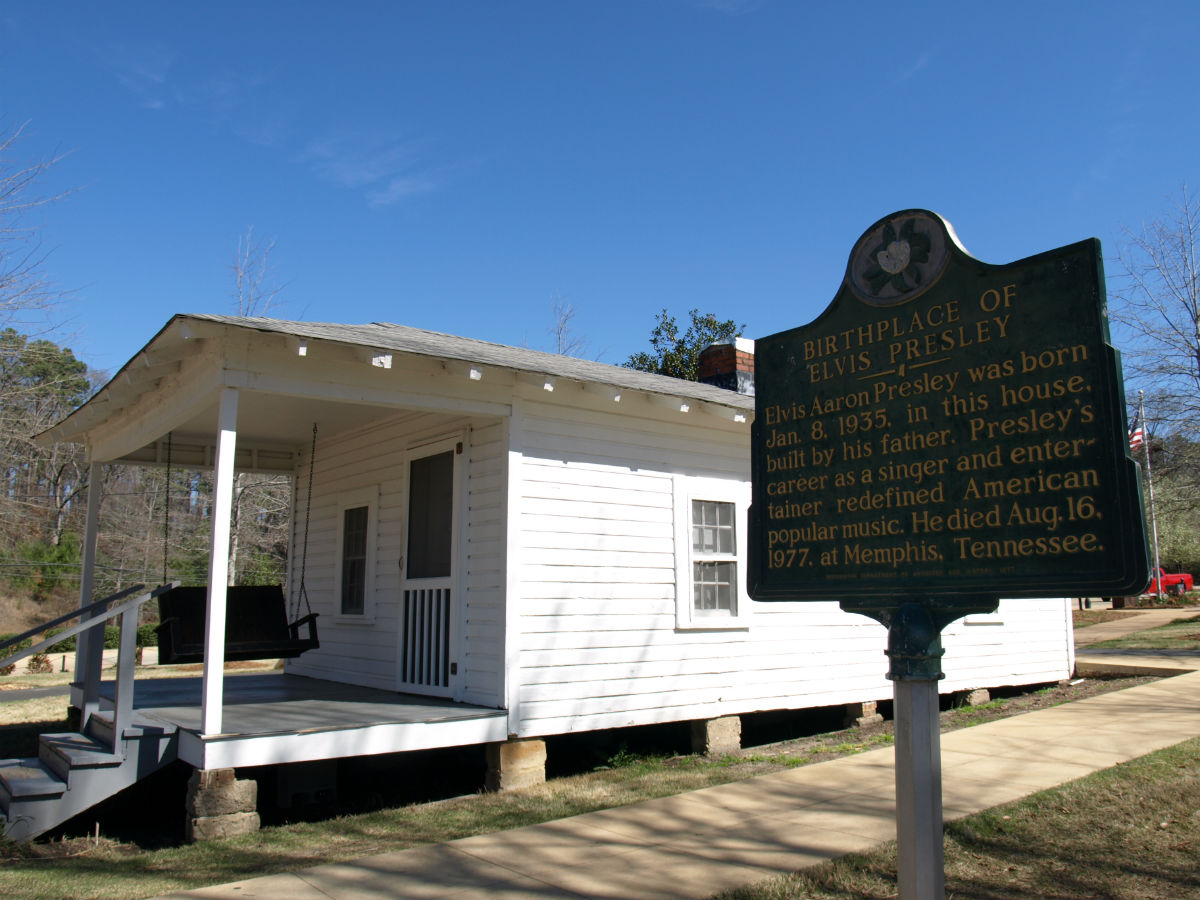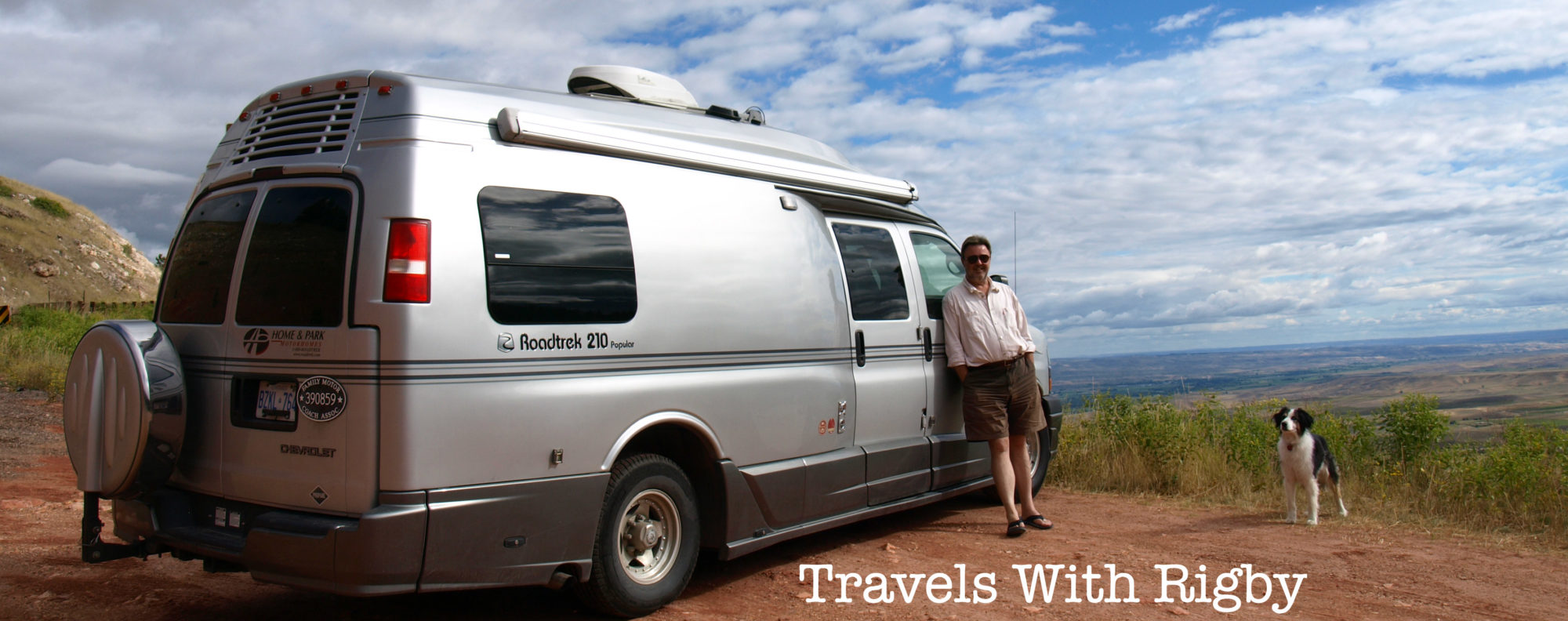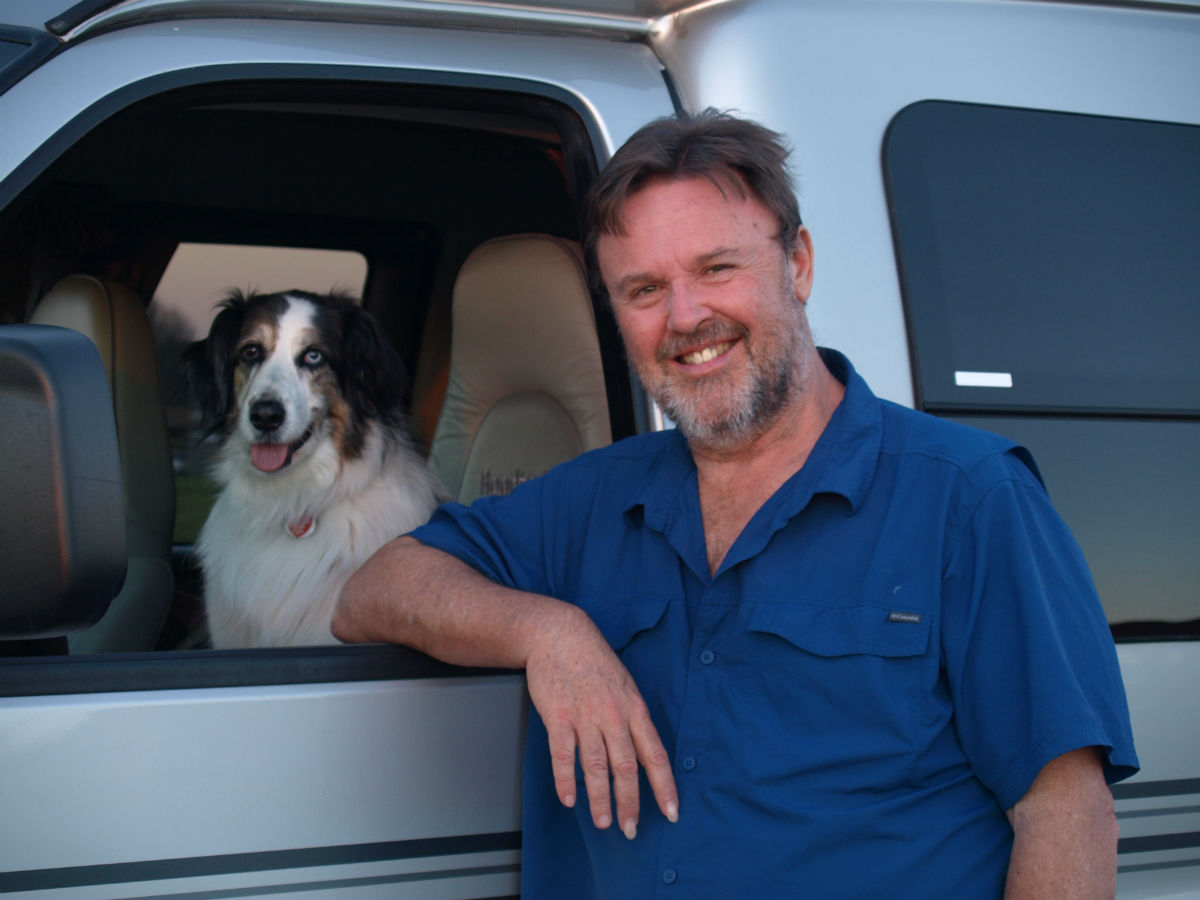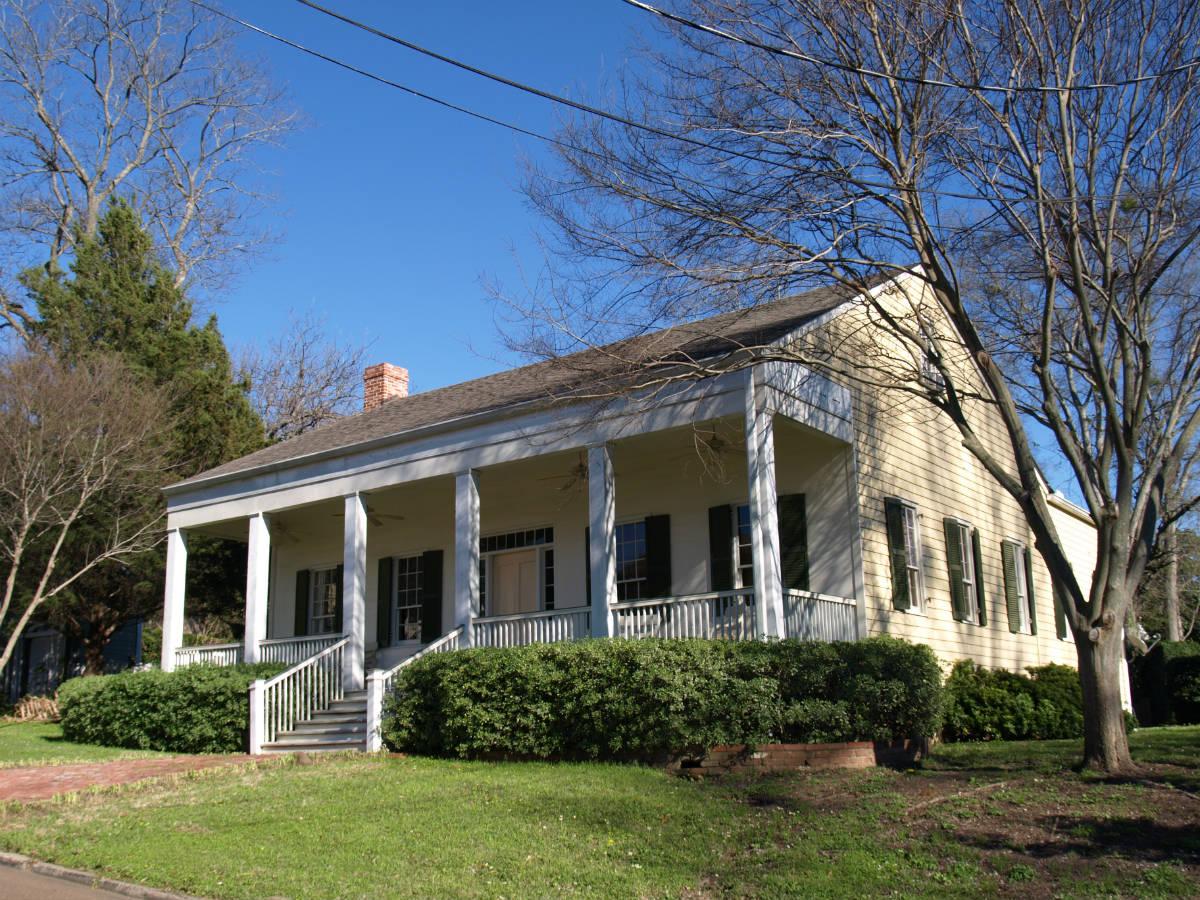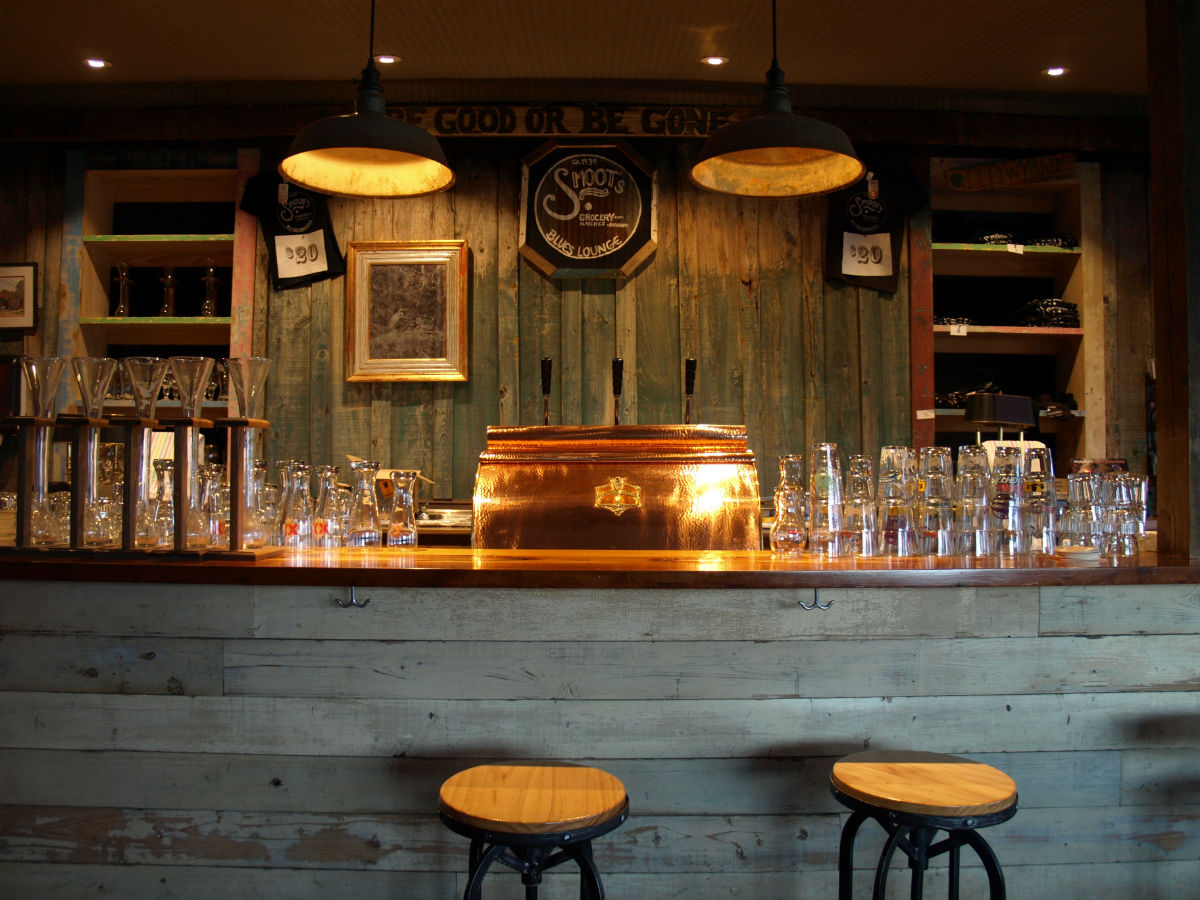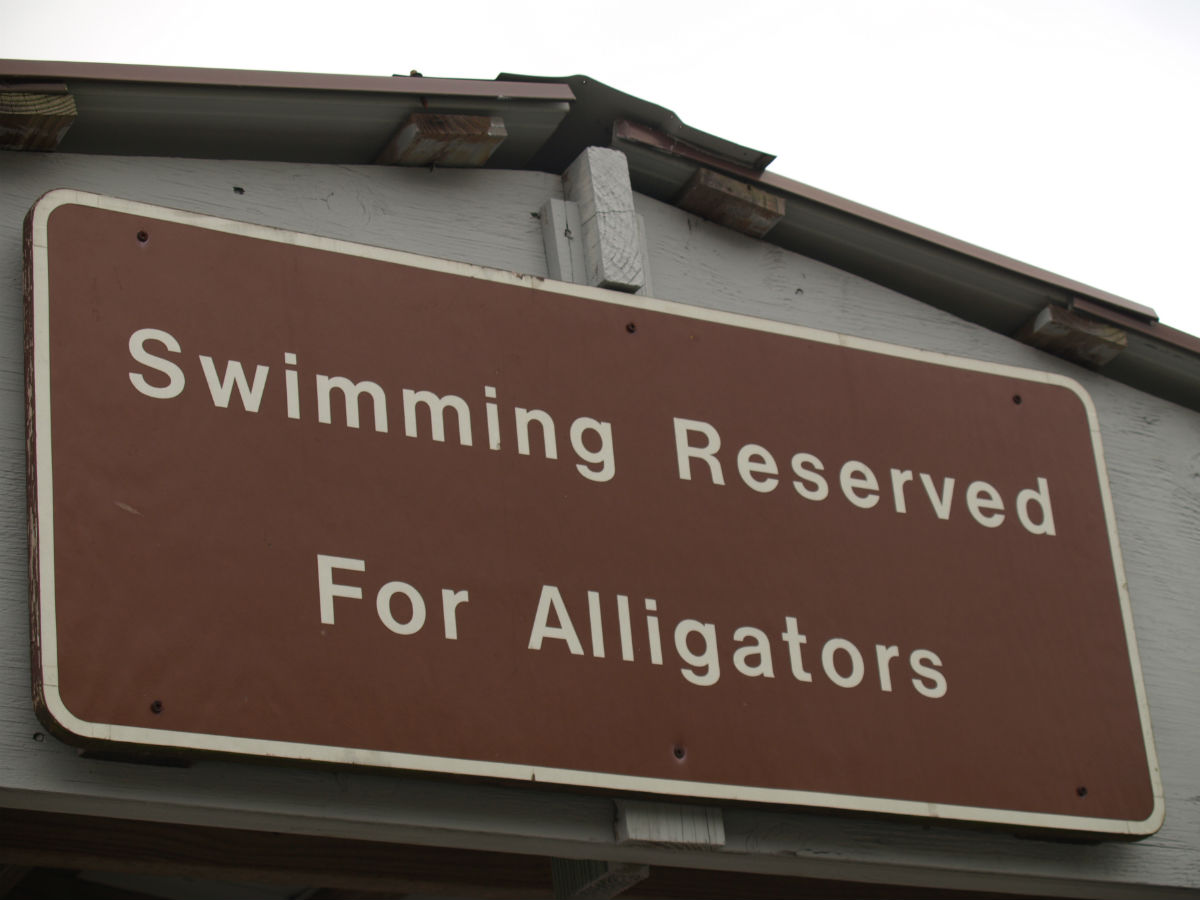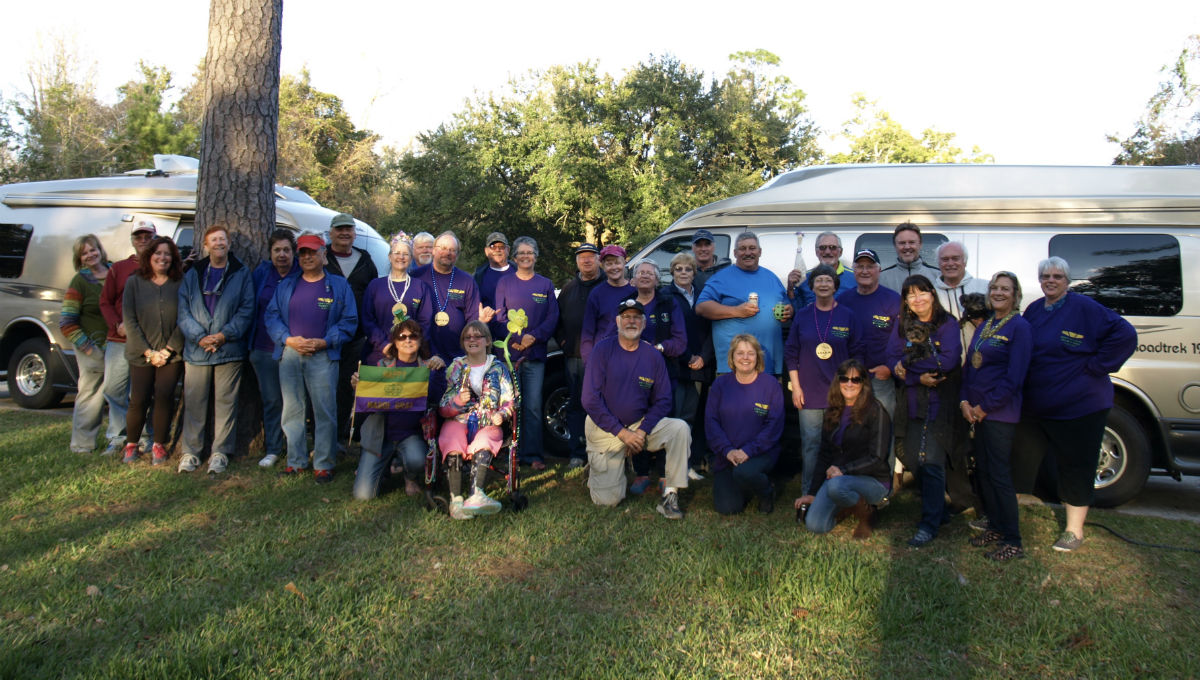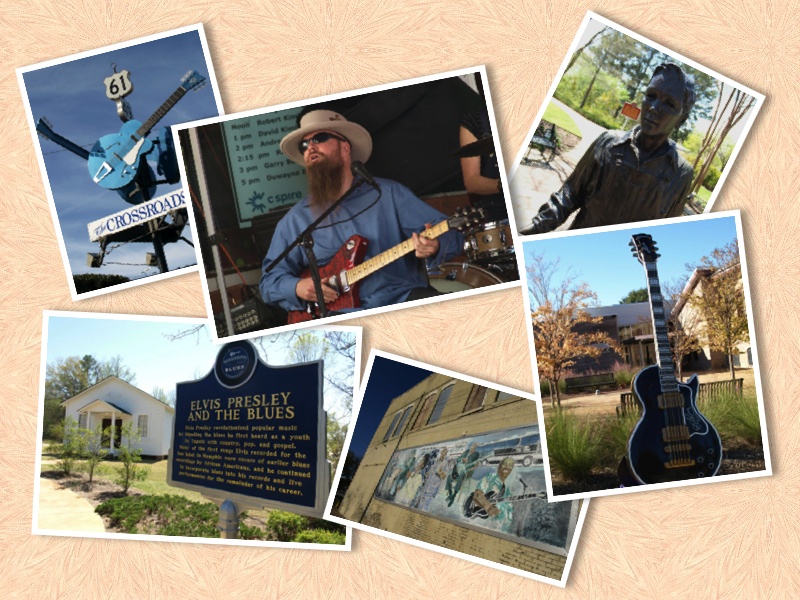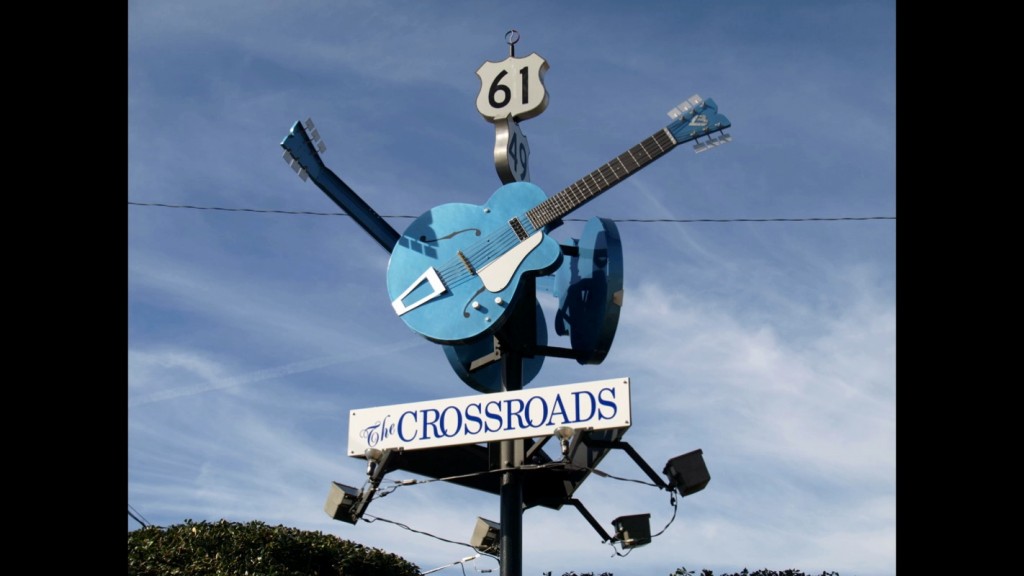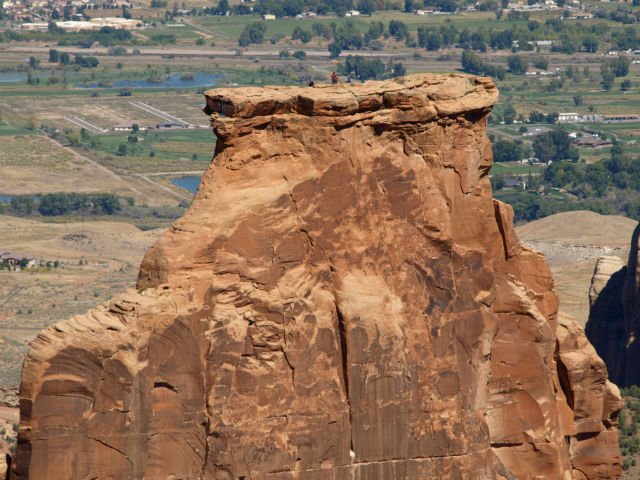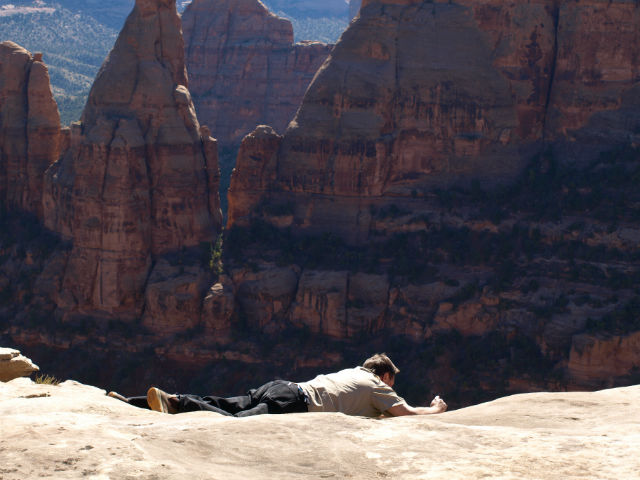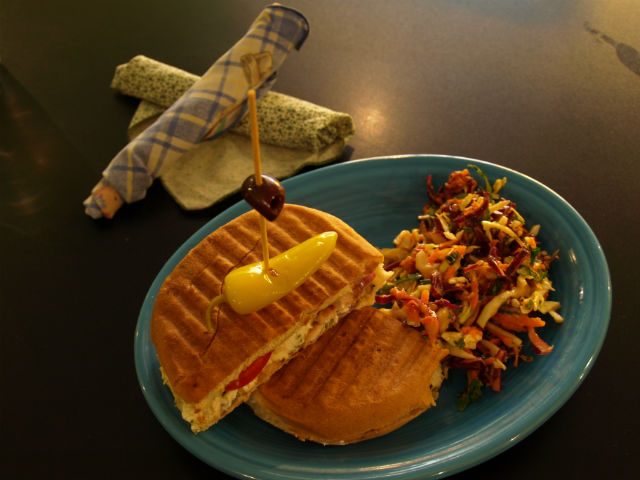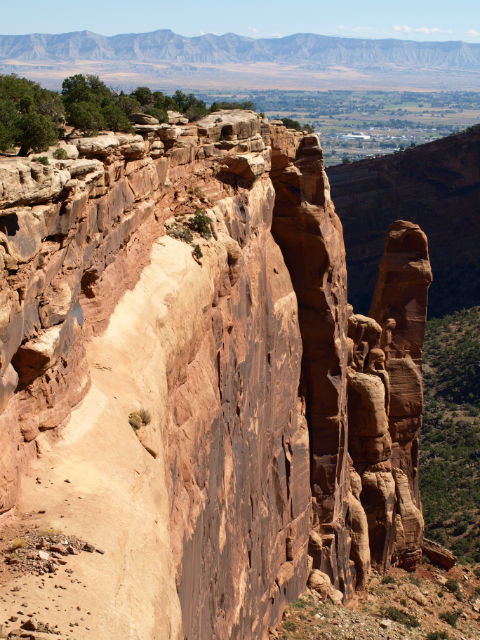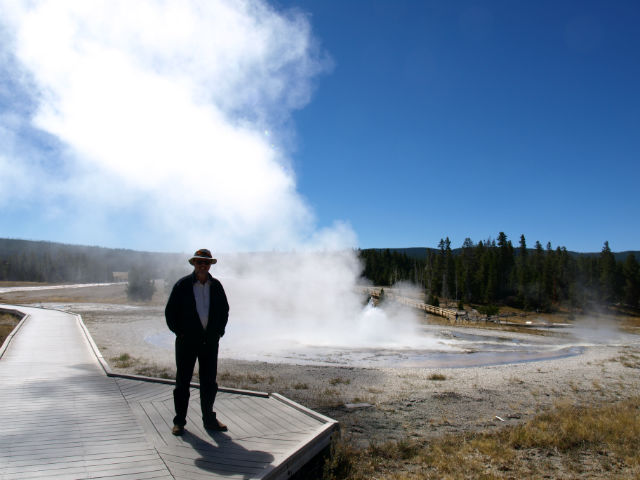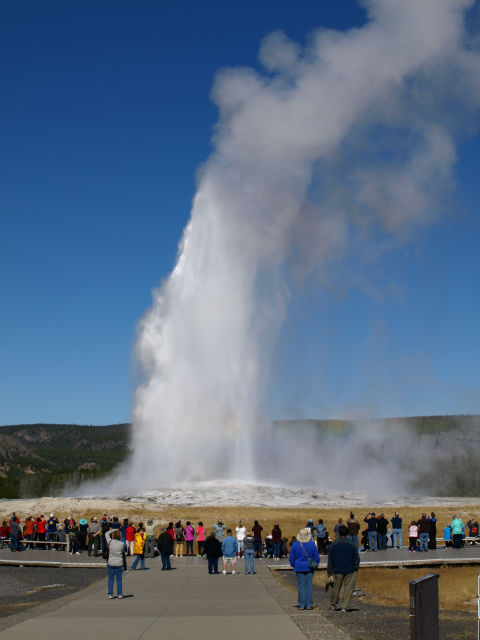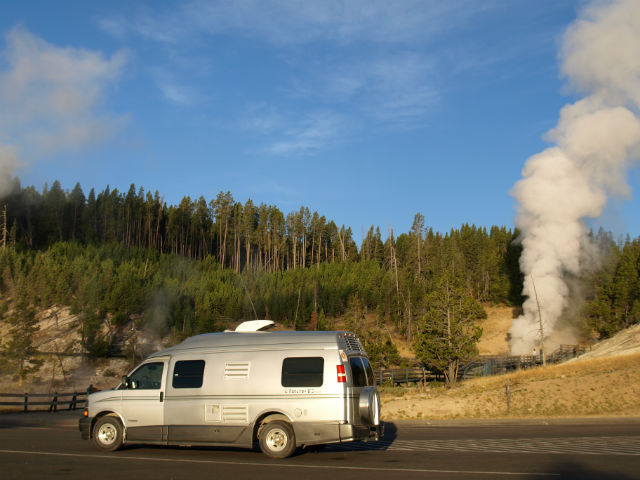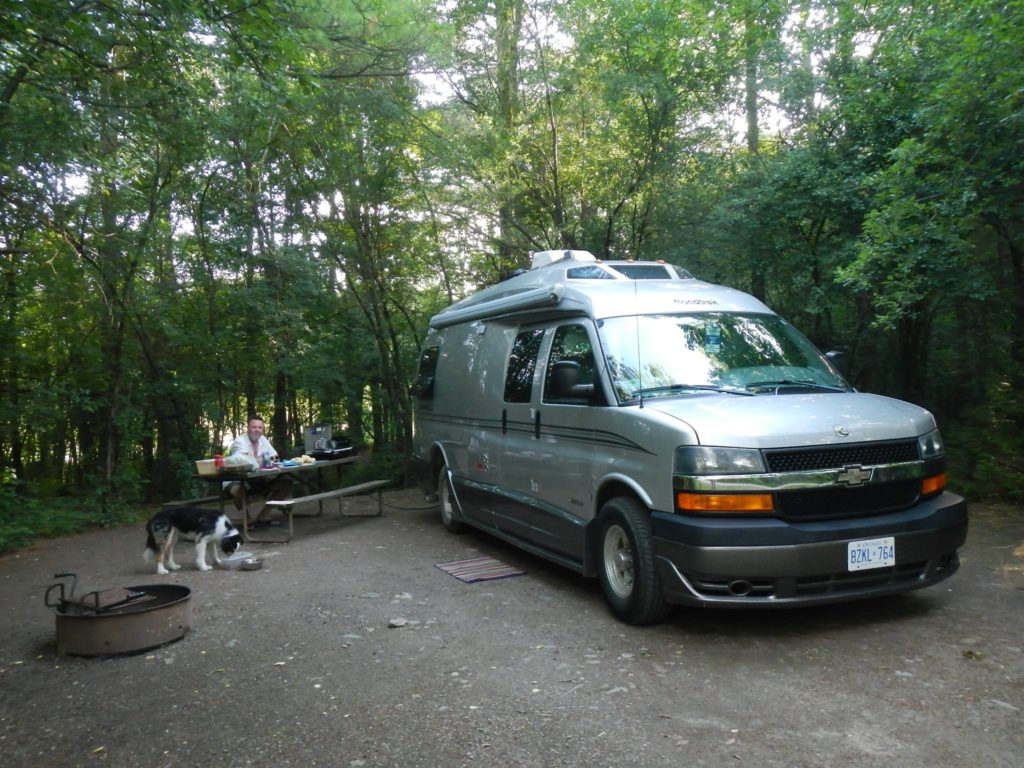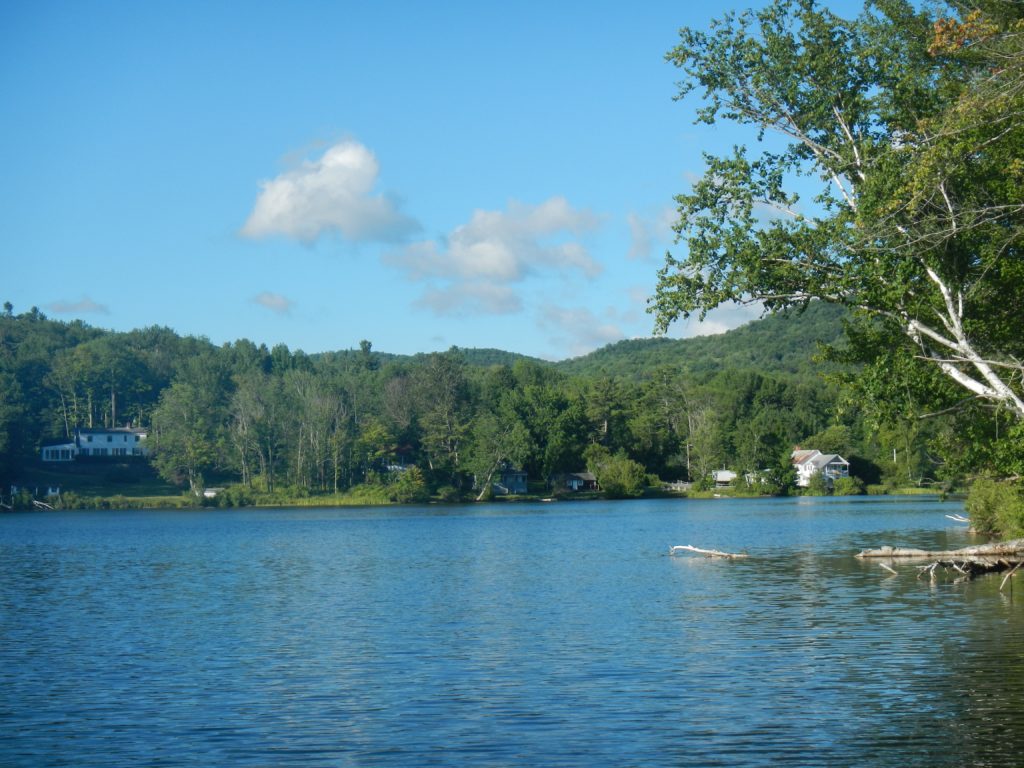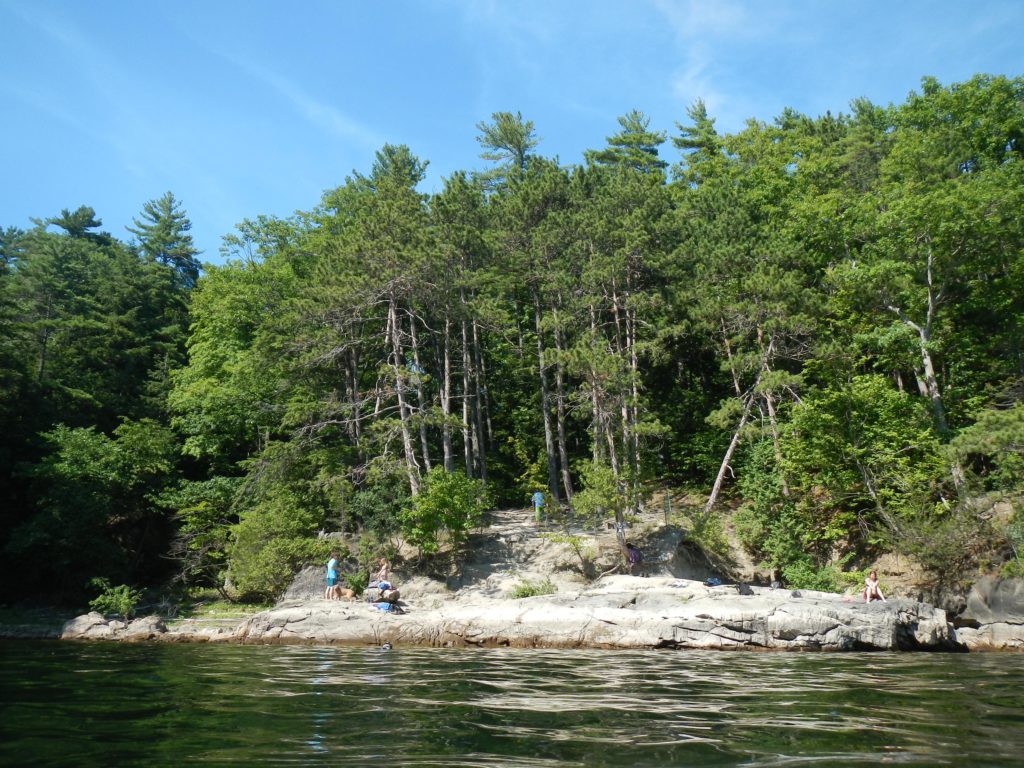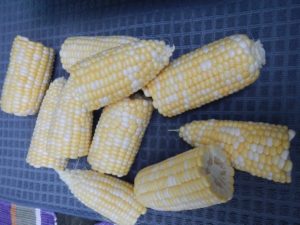If ever there was a pretty Southern town, it has to be Natchez, Mississippi. So, we parked ourselves there for three days, worked in the library, walked the streets and stopped in for coffee often at the excellent Steampunk Coffee Roasters. Next door is the historic blues club the historic blues club named Smoot’s Grocery. Smoot’s has received a top-to-bottom renovation and is a beautiful space for parties, get-togethers or live music. Well worth checking out if you find yourself in Natchez.
Our schedule included a “break week” when we were taking some down time on the Mississippi Gulf Cost, catching up on blues-related reading, working on the book structure and starting some chapter work. All accomplished while we stayed at Gulf Islands National Seashore near the pretty town of Ocean Springs. While there we crossed paths with a get together of about two-dozen Roadtreks and we were quickly welcomed into the fold. Thanks y’all! Looking forward to the next time.
Back to work and starting the drive northward. Our first stop was in historic Meridian (the home of The Father of Country Music, Jimmy Rogers) where we had a fascinating hour interviewing Hartley Peavey, the founder of Peavey Electronics. As a teenager he started building amps at his parents place and he is now head of a worldwide corporation producing quality musical sound systems and instruments.
On to the small town of West Point, considered the home of Howlin’ Wolf. There’s a blues marker, a small but very good museum and a very cool downtown mural.
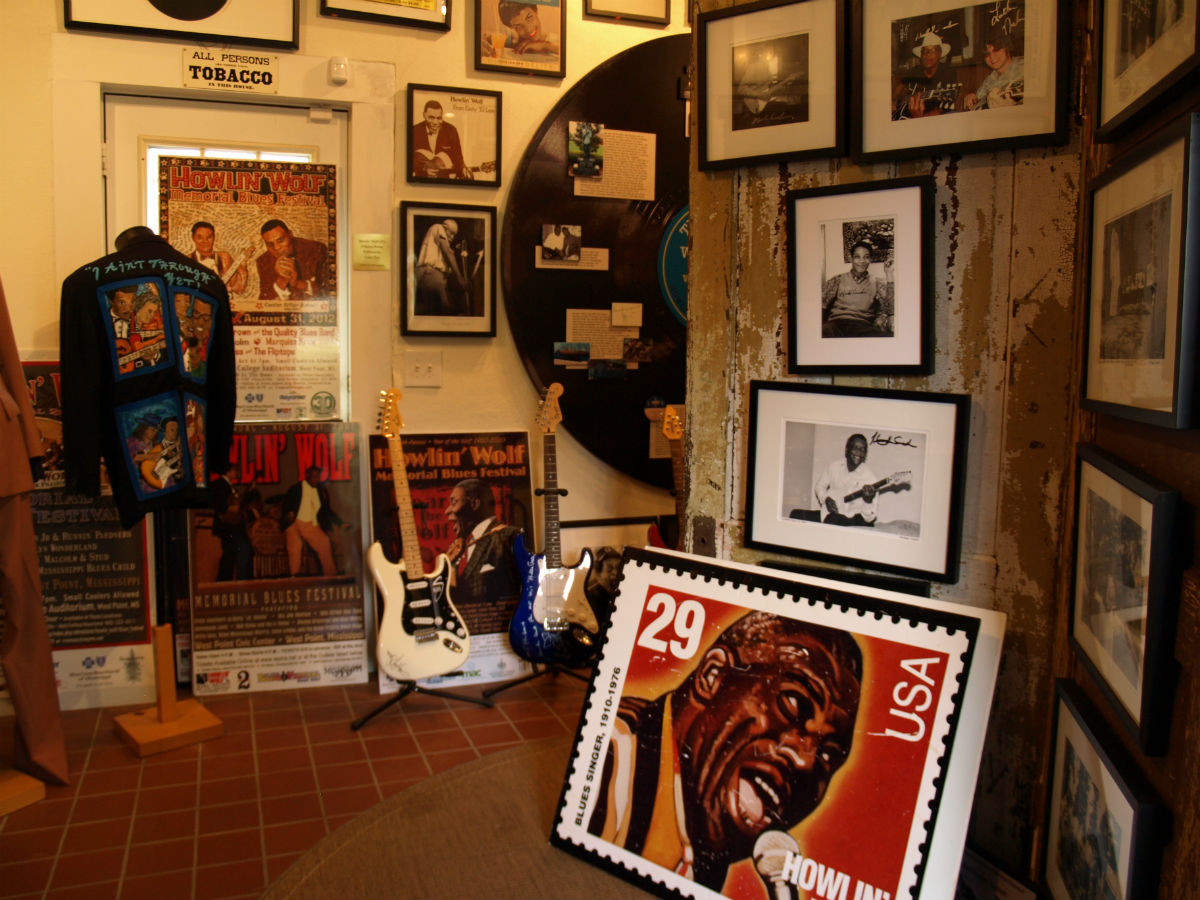
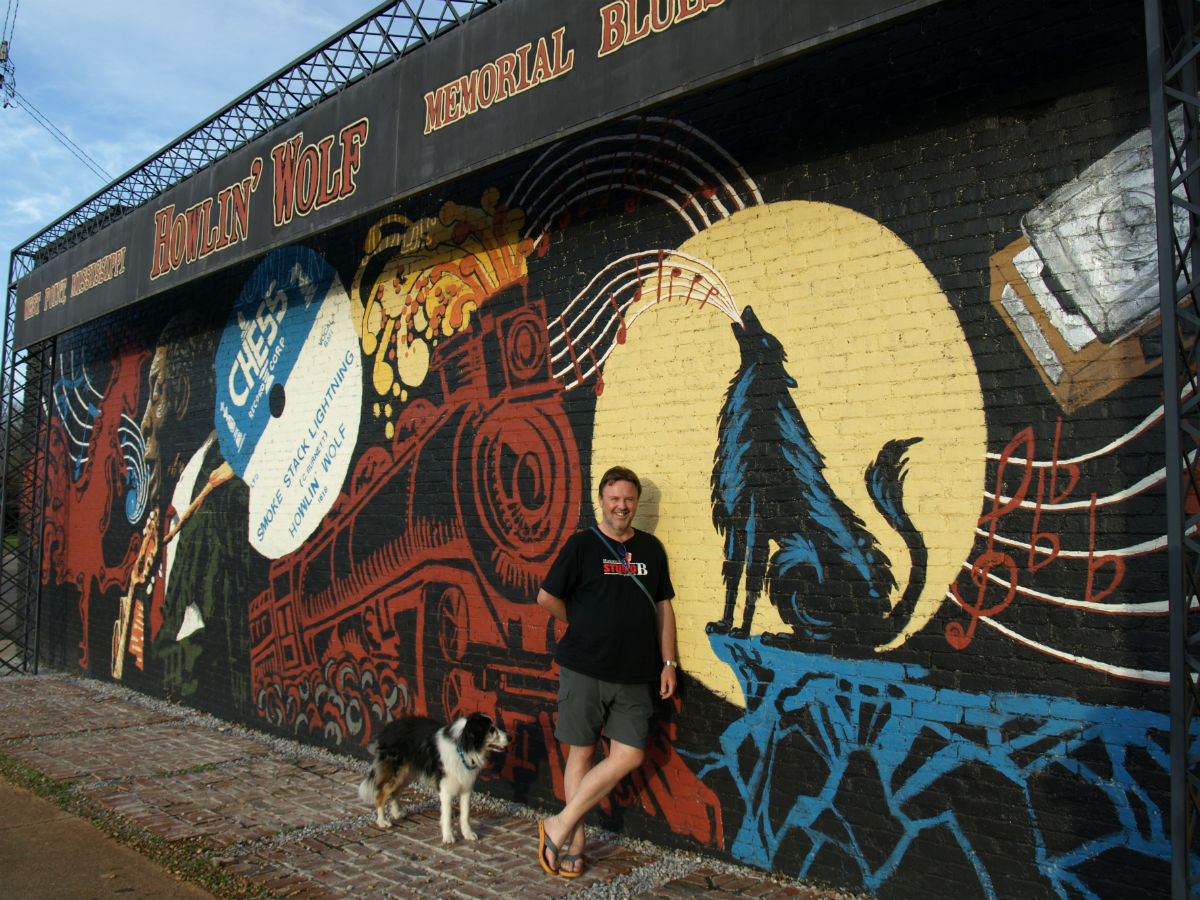
Just a bit further into the northeast corner of Mississippi – we stopped at Tupelo. Tupelo is the hometown of Elvis Presley. He was born there and lived in East Tupelo with his parents until he was 13 years old and they moved to Memphis. They’ve done a beautiful job at the Elvis Birthplace Museum, the self-guided driving tour, at Johnnie’s Drive-In (where they have preserved an Elvis booth where he’d hang out with friends and order an RC cola and burger) and at the Tupelo Hardware, the spot his mother bought him his first guitar. Probably the best $7.75 she ever spent!
